We were away over the Easter weekend enjoying the chilly delights of the south coast, but earlier in the week we spent a very pleasant morning walking along the bridleway to the lodge. The first addition to the list was a second tree climbing snail, this time a Garden Snail enjoying the morning sunshine. Along the sides of the bridleway the garlic mustard was just starting to come into flower, and nestled in one bit of the undergrowth was a tiny pinky red flower which turned out to be Shining Cranesbill.
 |
| Garden Snail |
 |
| Garlic Mustard |
 |
| Shining Cranesbill |
Another common plant was added to the list at the end of the bridleway, the yellow flowered umbellifer Alexanders, apparently named after Alexander the Great, although I'm not sure what the connection is! At the lodge the short grass in front of the main house was studded with Common Storksbill flowers, and some interesting looking grasses which I'll need to pluck up the courage to try and identify.
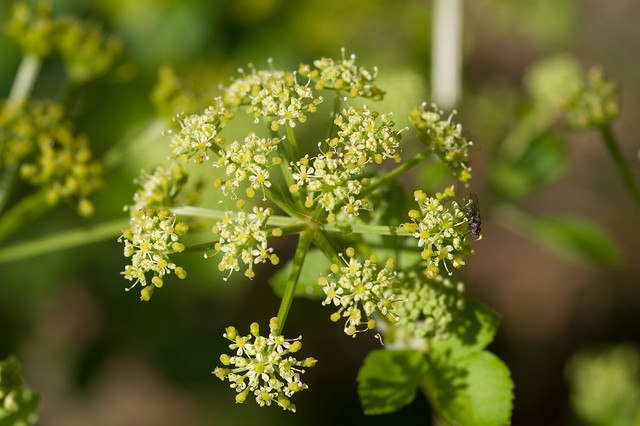 |
| Alexanders |
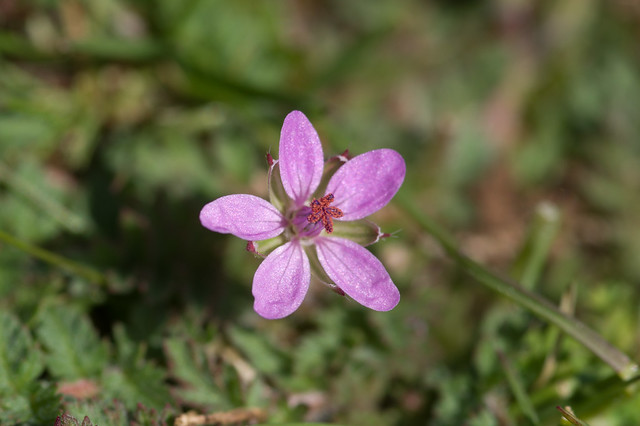 |
| Common Storksbill |
At lunchtime I decided to head into the bluebell woods, as the bluebells are already well into their flowering season, about a month earlier than last year! There was plenty of other wildlife in amongst the bluebells, starting with the common hoverfllies
Platycheirus albimanus and
Syrphus ribesii. Butterflies were abundant, Peacocks, Orange-tips, Green-veined and Large Whites, Brimstone, Speckled Wood all fluttered past, with first and last species pausing long enough to be photographed.
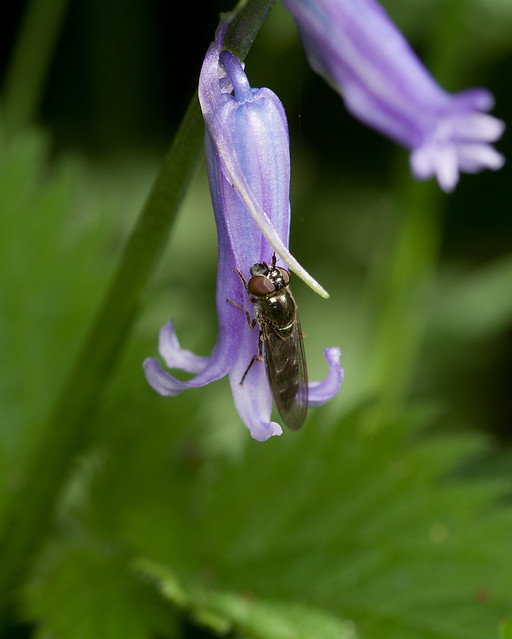 |
| Platycheirus albimanus |
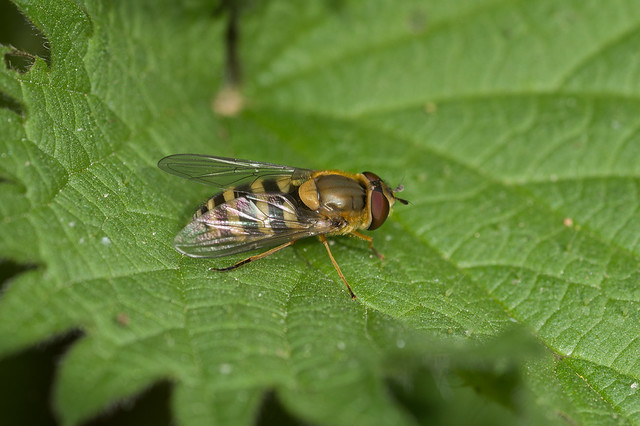 |
| Syrphus ribesii |
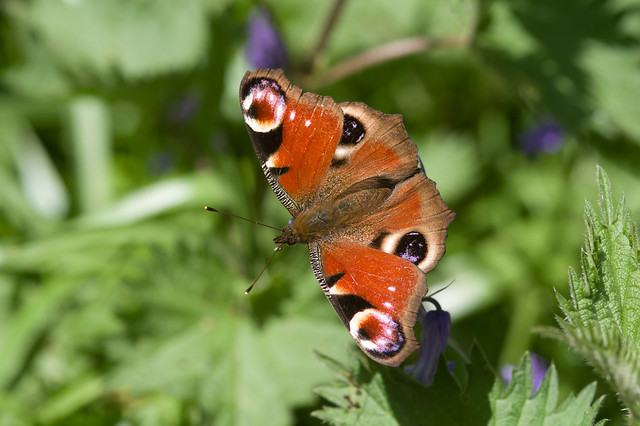 |
| Peacock |
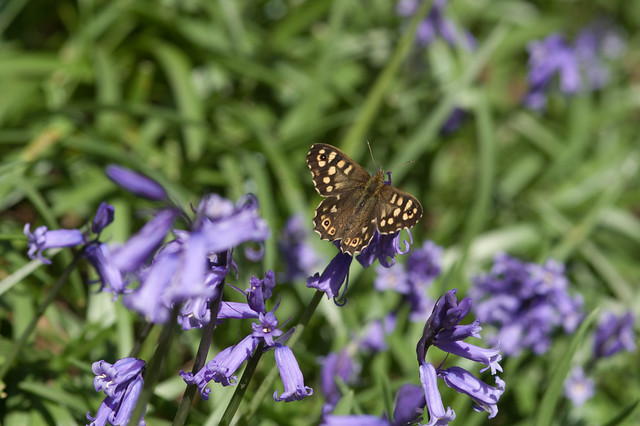 |
| Speckled Wood |
Bluebells weren't the only blue flowers in the woods, around the edges of the bluebell patches were some freshly opened spikes of bugle and the dainty flowers of common dog violet. On the edges of the path to the gardens Green Alkanet was in flower, attracting the first red mason bees of the year, and a basking nettle-tap moth.
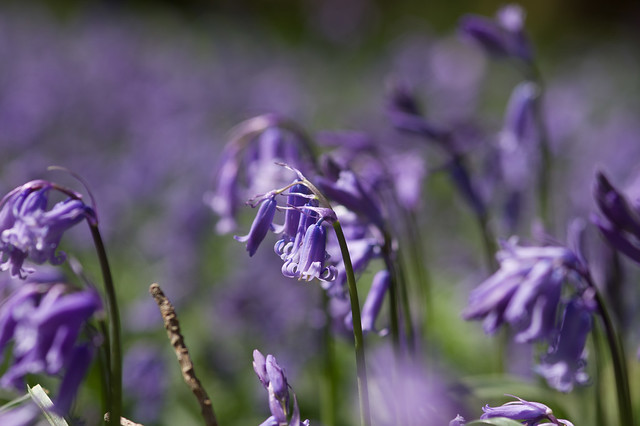 |
| Bluebells! |
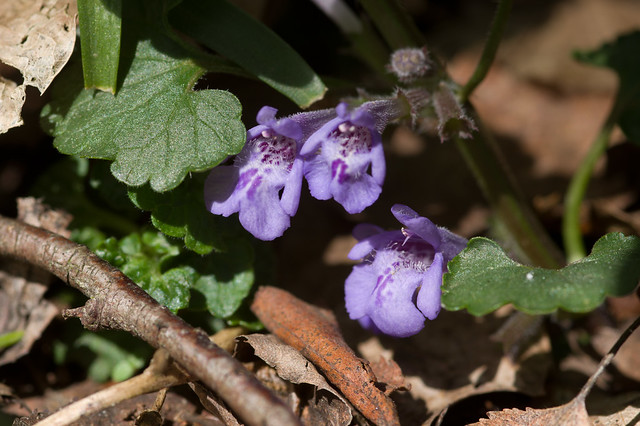 |
| Bugle |
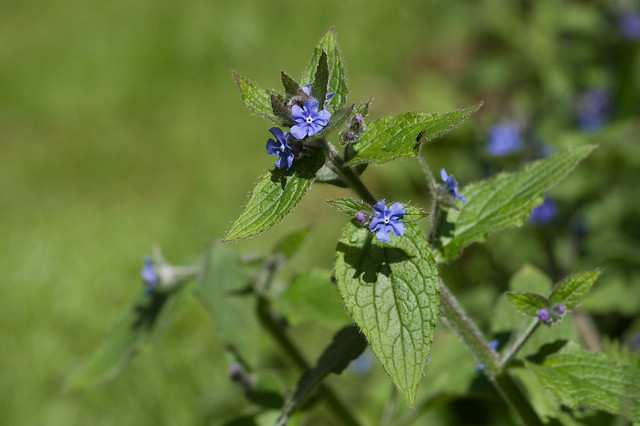 |
| Green Alkanet |
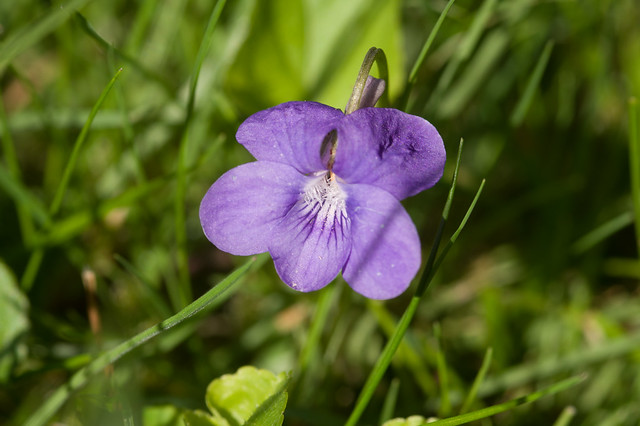 |
| Common Dog-violet |
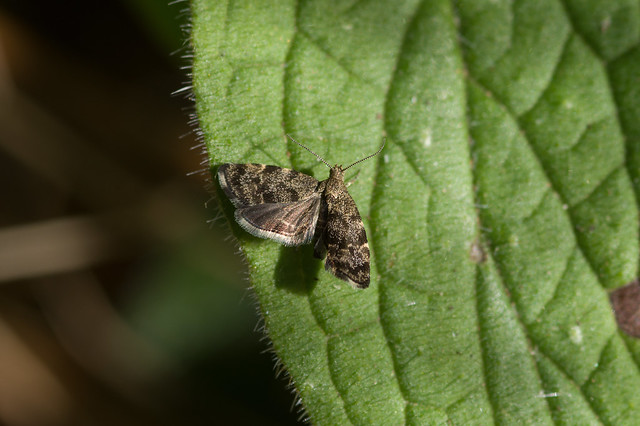 |
| Nettle-tap |
In the gardens the first Holly Blue of the year fluttered past, unfortunately not stopping to have its photo taken, but a freshly emerged Large Red Damselfly was a lot more cooperative. Also very obliging was the strange hoverfly
Rhingia campestris, with its horn like projection on the front of its face.
 |
| Large Red Damselfly |
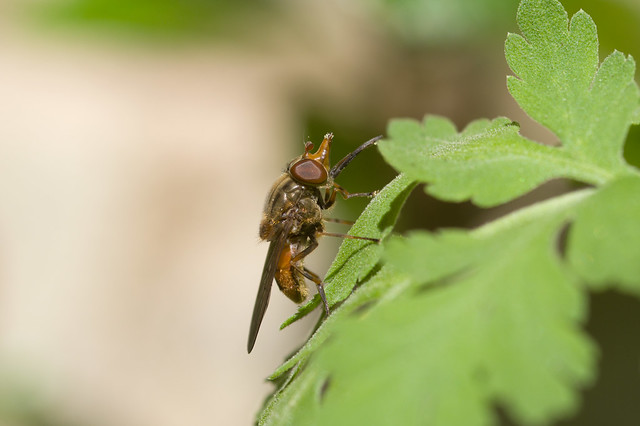 |
| Rhingia campestris |
The walk home produced a few more plants for the list, starting with Sheep Sorrel in the short grassland by the quarry, followed by Yellow Archangel lighting up the woods with their golden spikes. Finally for the day I snapped the field maple in the hedgerow which I'd spent my previous walk fascinated by, but forgotten to photograph the plant which had attracted the hosts of bees and other insects which had held me so captivated.
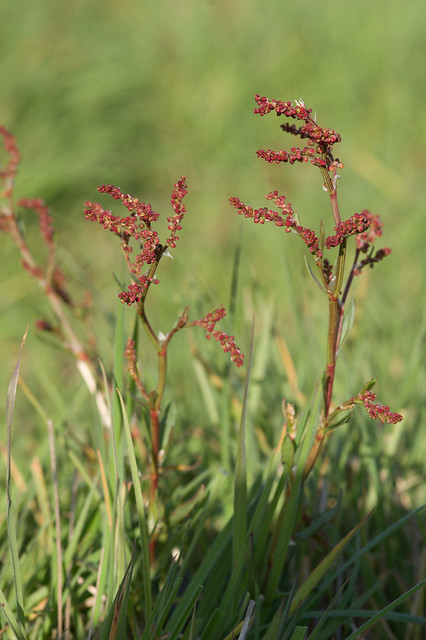
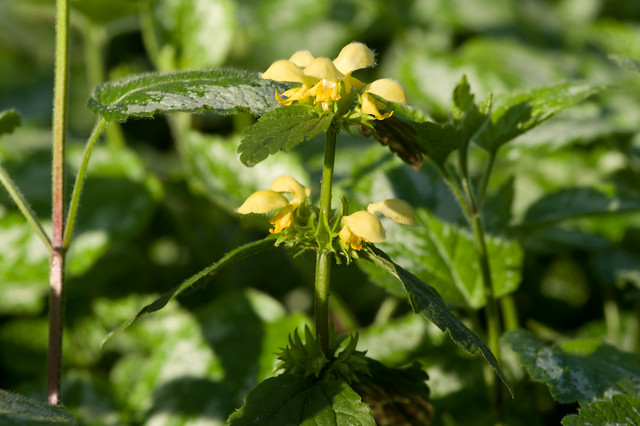
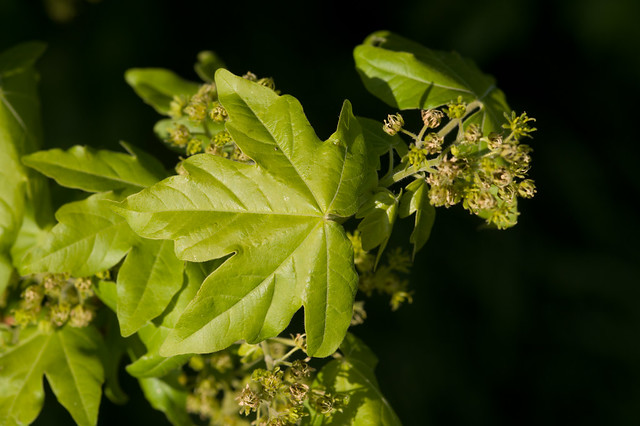 Total: 192 Species - see all the photos here
Lifelist 1315 Species - New additions, Garden Snail, Shining Cranesbill, Alexanders, Green Alkanet, Yellow Archangel, Dark Tussock, Cydia ulicetana, Tawny Shears, Smooth Sow-Thistle, Glaucous Gull and Harbour Porpoise (the last six from the south coast, which is a shame, as it would be quite a surprise to find a harbour porpoise in the local countryside!)
Total: 192 Species - see all the photos here
Lifelist 1315 Species - New additions, Garden Snail, Shining Cranesbill, Alexanders, Green Alkanet, Yellow Archangel, Dark Tussock, Cydia ulicetana, Tawny Shears, Smooth Sow-Thistle, Glaucous Gull and Harbour Porpoise (the last six from the south coast, which is a shame, as it would be quite a surprise to find a harbour porpoise in the local countryside!)



















Such lovely little flowers!
ReplyDeleteSuch lovely little flowers!
ReplyDelete